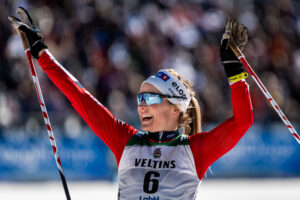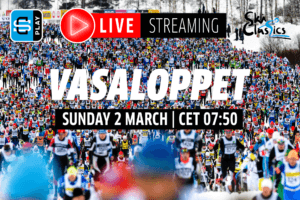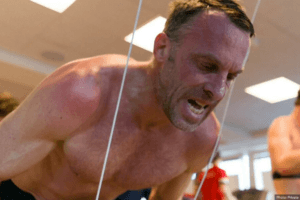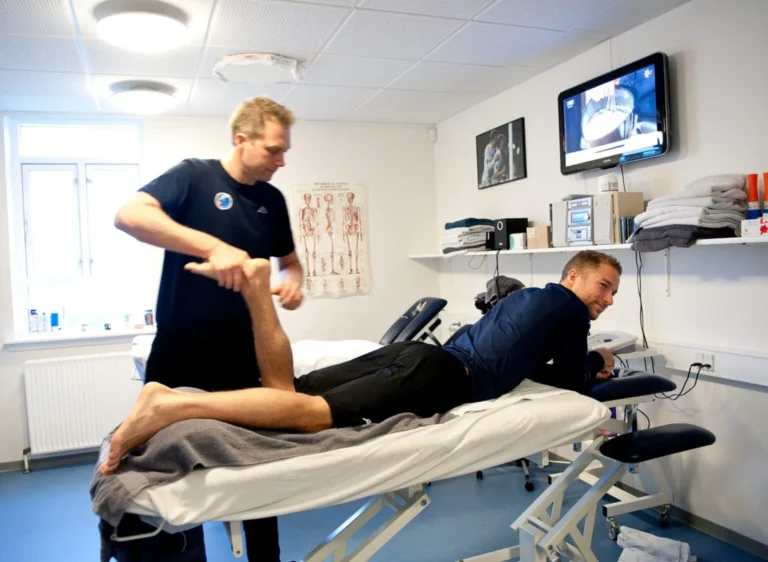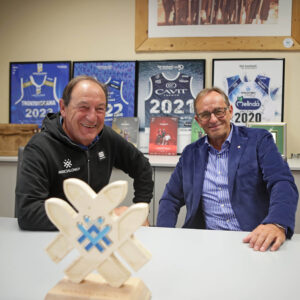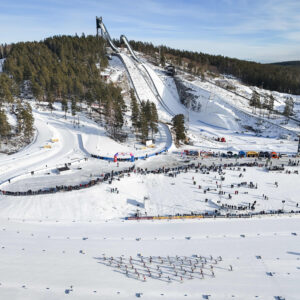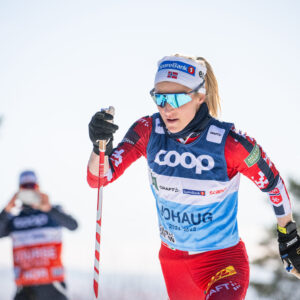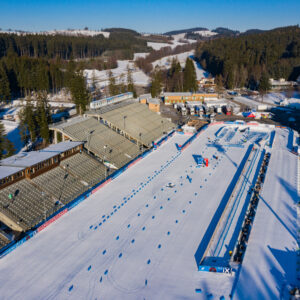Three Steps For Safer Rollerski Training
This is how you can reduce the risk of injuries and accidents during rollerski training. And do you know the Norwegian rollerski rules? This year a new rule has been introduced.
For many skiers, May marks the start of a new season and the start of dryland training, where rollerski training is an essential and natural part of the preparations for the upcoming winter season.
But even if rollerskiing is the most specific form of dryland training, there is also a significant risk of injuries and accidents associated with rollerskiing.
Many people probably remember the tragic accident in Norway last August, where the Slovenian cross-country skier Hana Mazi Jamnik died after she was hit during a rollerskiing training.
Also Read: Tragic News For The Cross-Country Skiing Community
Every year, rollerskiers are hit by cars and injured due to holes in the road surface, asphalt cracks, or other unforeseen problems.
Here Are Three Simple Steps For Safer Rollerski Training.
A helmet is a must, and goggles reduce the risk of getting dirt and insects in the eyes. Also, remember to use a reflector, even during the day. And do you know the Norwegian rollerski rules? This year, a new rule has been introduced (number 11).
See all the rollerski rules below in the article.
1. Choose The Right Terrain
More and more rollerskiing facilities are being built, and these tracks have significant advantages, both because they are closed to car traffic and because they are laid out as competition tracks. But only some live near such facilities, and for many, the roads are a natural training arena with associated challenges and dangers.
Seek out the terrain you master, and don’t be afraid to leave the tarmac. Firm, fine gravel roads are well suited for rollerskiing and, at the same time, provide a more significant nature experience and minimal traffic. If you use the road, you should look for routes with good visibility, wide shoulders, and little traffic.
2. Be Seen
“Wear visible clothes, and a helmet is, of course, mandatory,” says Audun Svartdal.
The former Norwegian national team coach often sees skiers on the road in dark clothes at dusk. It’s dangerous, and many think reflective seams in training clothes are enough to be seen.
“Especially when the sun is low and shining, it is difficult to see people in dark clothes, even if there is a reflection,” says Svartdal.
Reflectors alone are not always enough. Feel free to use a white light at the front and a red light at the back, like on a bicycle. A large selection of good, lightweight lights can be attached to clothing, helmet, or drinking belt with a small clip or velcro.
Also, think about what you wear when you rollerski.
“Wear a visible jacket. Preferably bright yellow and with long sleeves. I also notice drivers keep a little more distance from those wearing bright colors,” says Svartdal.
3. Norwegian Rollerski Rules
- The skier must be well-trained in mastering rollerskis, especially braking and turning.
- All beginners’ training and teaching must occur in safe areas without motorized traffic.
- Rollerskiers are defined as walking in traffic. Training for younger people should occur on cycle paths or other car-free, well-paved places.
- It is permitted to use the road for training where the conditions permit. It is generally accepted that rollerskiers ride on the right side of the road.
- If you have to train on the road with motorized traffic, this should be in precise areas.
- Be clear and make yourself understood in traffic. Be considerate of other road users, and don’t forget that you are the fragile one.
- The training should ideally take place in good daylight or well-lit areas without motorized traffic in the evening.
- Reflectors are mandatory if the lighting conditions require them, but it is recommended for all training along the road. Use a vest and reflective tape on the end of roller skis and poles and on the front and back of the helmet.
- An approved bicycle helmet should always be worn. Remember your glasses too. Rollerski pole tips do not have baskets; there’s a short way to your eyes.
- Norway is getting more and more closed rollerskiing facilities. These should be used for training where possible.
- Poles and baskets of diameter ≥ 30 mm are recommended during organized training, and it is required in rollerskiing competitions from 01.07.22.
The rollerski rules have been drawn up by the Norwegian Ski Association, the Norwegian Biathlon Association, the Swedish Road Administration, and Trygg Trafikk (Norwegian Council for Road Safety).


